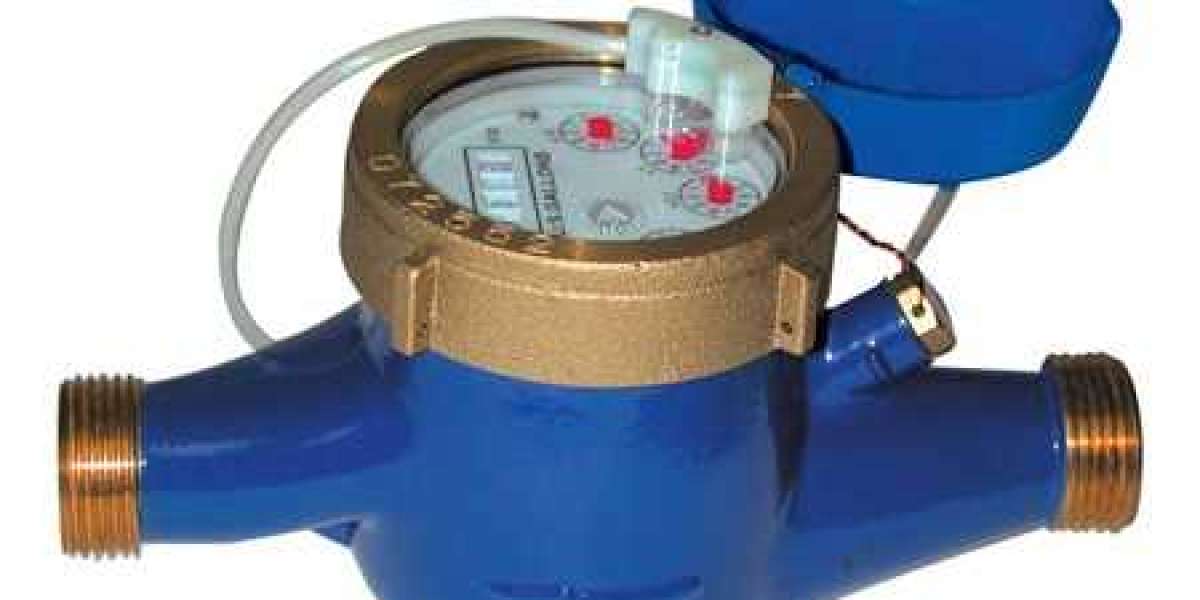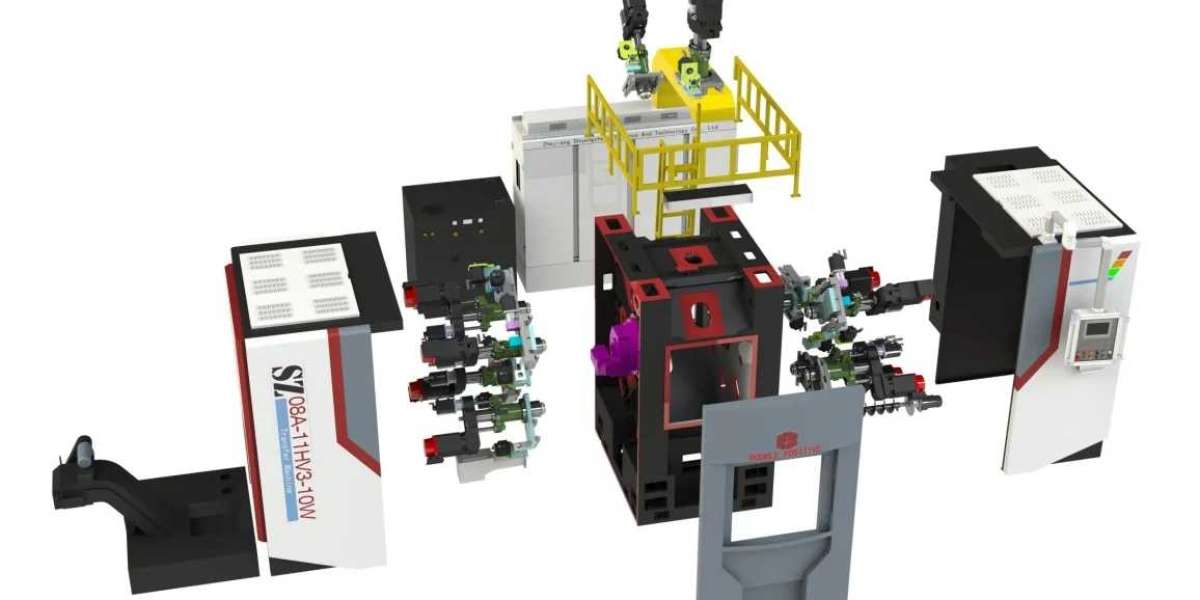1. An infrared sensor: A variety of businesses produce infrared sensors, such as the Sludge Gun®, with the intention of calculating the amount of water that is present between the top of the sludge layer and the sensor's location. In wastewater with a high solids content, their lack of accuracy, in addition to the high cost, which can range from 750 to 1,000 dollars, is a disadvantage.
2. A sonar depth finder is a device that sends out a signal with a high frequency in order to determine the water's depth. This device is frequently used by recreational boaters and fishermen. Although it is less expensive than an infrared sensor (less than $200), it was not designed for sludge surveying, so the results should not be relied upon without first being adequately tested. Building on previous research conducted at the University of Illinois, the Department of Biological and Agricultural Engineering at the University of Georgia created a remote-controlled airboat with the intention of surveying the sludge that is found in lagoons. The air-powered craft, which was also outfitted with a sonar device and a GPS, demonstrated some promising results, including being up to 20 times faster and requiring 70 percent less labor than the traditional methods. Nevertheless, additional investigation is required.
Building on previous research conducted at the University of Illinois, the Department of Biological and Agricultural Engineering at the University of Georgia created a remote-controlled airboat with the intention of surveying the sludge that is found in lagoons. The air-powered craft, which was also outfitted with a sonar device and a GPS, demonstrated some promising results, including being up to 20 times faster and requiring 70 percent less labor than the traditional methods. Nevertheless, additional investigation is required.
3. Disk on a rope: Either a secchi disk, which is a disk used to measure the clarity of water, or a similar disk or plate attached to a rope can be lowered into the water until it meets resistance. This method can also be used to measure the temperature of the water. After that, the depth is determined by the intervals that are marked on the rope.
4. Sludge judging is a common method that can be used to evaluate sludge. It requires equipment that is not overly expensive, yields satisfactory results, and enables the operator to measure the depth of the sludge level meter and collect core samples to determine its mass simultaneously. A sludge judge consists of a long pipe made of clear PVC with a diameter of 2 inches and a flap foot valve. This pipe is slowly lowered into the lagoon. As soon as the valve is close to the sludge layer, the water level inside the pipe will begin to fall in comparison to the water level outside the pipe, and the depth can then be measured. You also have the option of pushing the pipe through the sludge layer all the way to the bottom of the lagoon, at which point you can take a core sample to determine the sludge's depth.
Accurate findings can be expected from a thorough sludge survey of the lagoon.
It is necessary to take multiple measurements across the lagoon in order to account for the fact that sludge accumulates in an uneven pattern on the bottom of the lagoon due to factors such as wind, temperature, the aeration pattern, the locations of the influent piping, and the geometry of the pond. Wastewater Lagoon Troubleshooting: An Operators Guide author Steve Harris suggests installing permanent bench markers all around the lagoon so that operators have a reference point that remains the same from year to year. He recommends that the operator take anywhere from 12 to 36 measurements of the thickness of the sludge blanket, depending on the size of the lagoon, and approximately 12 core samples for the analysis of the solids.
The characteristics of the influent as well as the amount of the sludge layer that is composed of nonvolatile solids such as sand and grit both have a significant impact on the range of possible values for the percentage of solids found in the sludge. After the core samples have been analyzed for total solids (TS) and volatile solids (VS), the ratio of VS to TS will reveal the amount of indigestible material that has been building up over the course of time.
Readings of the dissolved oxygen (DO) and pH should also be taken at each measurement point. These readings will help to confirm the results of the depth measurements because the DO and pH change at the sludge blanket level.
The Process of Data Collection and Analysis
Paying close attention to the particulars and putting in a lot of effort mathematically are two essential components of a successful lagoon sludge survey. To our good fortune, there are resources available that can assist with the recording and processing of the data that has been gathered.
A guide to sludge survey methods for anaerobic lagoons has been published by the Biological and Agricultural Engineering Department of the North Carolina State University Cooperative Extension Service. In the appendices of this manual, you will find a sludge survey form, a datasheet, and a worksheet to calculate the volume of sludge and the volume of treatment.
Search
Popular Posts
-
 In test, the speedy avoidance is far from geographic
By noneed4u
In test, the speedy avoidance is far from geographic
By noneed4u -
 Watch Online Korean and Spanish TV Doramas
By welevo BABA
Watch Online Korean and Spanish TV Doramas
By welevo BABA -
 Colorado Avalanche voitti Los Angeles Kingsin 9-3 seitsemännen ottelun peräkkäin
Colorado Avalanche voitti Los Angeles Kingsin 9-3 seitsemännen ottelun peräkkäin
-
 Wie man online an Spielautomaten spielt und gewinnt. Empfehlungen, Tipps, Geheimnisse
By saedr
Wie man online an Spielautomaten spielt und gewinnt. Empfehlungen, Tipps, Geheimnisse
By saedr -
 Real Madrid jatkaa Asension sopimuksen vuoteen 2026 asti
Real Madrid jatkaa Asension sopimuksen vuoteen 2026 asti



